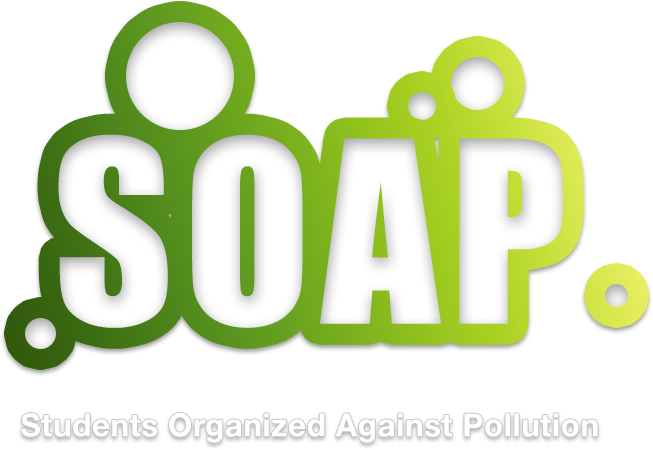Jelani Cobb, the Dean of Columbia University’s School of Journalism, announced his departure from Twitter this week in a New Yorker column that reflected on the devolution of a platform that once held promise as a global force for democracy and human rights, but which has become something else entirely under its new owner, Elon Musk:
My sepia-tinted memories of what Twitter was—or could possibly have become—dissolved at the prospect of stuffing money in the pocket of the richest man on the planet. Yet leaving has yielded its own complications, including unwinding connections to sources, colleagues, and roughly four hundred thousand followers. The alternatives that have gained prominence in recent weeks do not offer the same reach, or the rich vein of dissimilarity across social and geographic lines, that were some of the best aspects of Twitter.
Jelani Cobb, Why I quit Elon Musk’s Twitter, Daily Comment, New Yorker Magazine, November 27, 2022
My former BlogHer colleague Liz Gumbinner echoes Cobb’s longing for what Twitter was at its best and dissatisfaction with the current alternatives:
Twitter is where I’ve created authentic connections and meaningful relationships. It’s where I’ve learned and grown so much from communities where I was most definitely not on the guest list, but allowed me to listen in quietly anyway. It’s where I’ve “met” so many people who have truly enriched my life and it’s not like we can’t meet somewhere else (say, here?) but still.
Liz Gumbinner, “Twitter, you break my heart,” I’m Walking Here newsletter on Substack, November 23
I hear you Liz – although I would offer that for me, blogging and especially the original BlogHer was that space of possibility and authentic connection, and that dream faded with its corporate takeover and the rise of social platforms. We lost a lot when serious blogging got subsumed by social platforms with their discourse-flattening algorithms and inadequately-vetted ad tech. But I digress.
That one rich man’s caprice could ignite so much angst is a symptom of the larger vulnerability of the media ecosystem whose health is essential to the prospect of democracy. But the flight to alternative platforms based on open source software is an opportunity for journalism educators and civic media technologists to create a technological and curricular framework that will deepen students’ understanding of what it means to not only do pro-democracy journalism, but to strengthen a pro-democracy civic infrastructure. For example, why can’t we build a network of Mastodon instances centered in local communities and supported by students and researchers in journalism and computer science programs? Such an initiative would create organic opportunities for students, media leaders and community members to learn about the challenges of scaling platforms, policies related around design justice, digital redlining, content moderation, verification, and a host of other important issues related to online community engagement and civic participation. And it might create a more inclusive context for thinking through how we create a robust public square that is not captive to Silicon Valley.
Here’s how I think it can happen :
- A National Academies-style summit focused on developing a pedagogical research and practice agenda that outlines the knowledge, skills and values students in journalism, computer science, design and related fields need in order to support community information infrastructures consistent with democratic values. The summit would bring researchers, thought leaders and activists together to share how work on the best ways to bring the best thinking about digital public infrastructure, pro-democracy journalism, algorithmic justice, better social media moderation and accountability into undergraduate and graduate curricula in journalism, communications and related fields. The state of research on pedagogical models for interdisciplinary computing collaboration would be a key focus. The proceedings would result in a monograph like the 2011 National Academies Report of a Workshop on the Pedagogical Aspects of Computational Thinking.
- An open-source collaboration among journalism educators and civic media activists to develop curricular materials to support the creation, support and moderation of local social networks, similar to the collaborative effort behind the open source Media Innovation and Entrepreneurship textbook.
- A network to support cross-disciplinary student collaboration and innovation.
- The development of a strategy for ensuring that there is a freer exchange of ideas and resources between and among professional organizations, scholarly organizations, funders and other thought leaders around these issues. Organizations such as Free Press, the Democracy Fund, and the Center for Cooperative Media are laying the foundation for a pro-democracy media ecosystem, and the new Center for Journalism and Democracy at Howard University is a hopeful harbinger of curricular innovation in this arena. What’s missing is the direct engagement with those who have been thinking about the computational journalism aspect of these issues from years – going all the way back to 2015 when Dave Winer argued that journalism students should learn to set up and run their own servers. The practical obstacle to Winer’s proposal was that most journalism programs lacked the faculty expertise, curriculum and assessment tools to integrate that kind of instruction into their programs. We’ve made progress since then, but there’s still a lot of work to be done, especially when it comes to strategies for the equitable distribution of computing education expertise to community colleges and small journalism programs. The computer science education community has been working on this problem, but I haven’t seen it on the agenda at the major journalism education conferences.
Since much of my own work has been as part of interdisciplinary teams focused on deepening science literacy in non-STEM curricula broadly, and computational thinking in journalism curricula specifically, I have been privileged to learn from experts in other fields about the importance of identifying learning progressions and ways of structuring teaching collaborations, assessing learning, and applying best practices in community-engaged learning. There’s so much we can learn from each other, but building cultures of collaboration and mutual respect across cultures and disciplines requires care and thoughtful attention.

